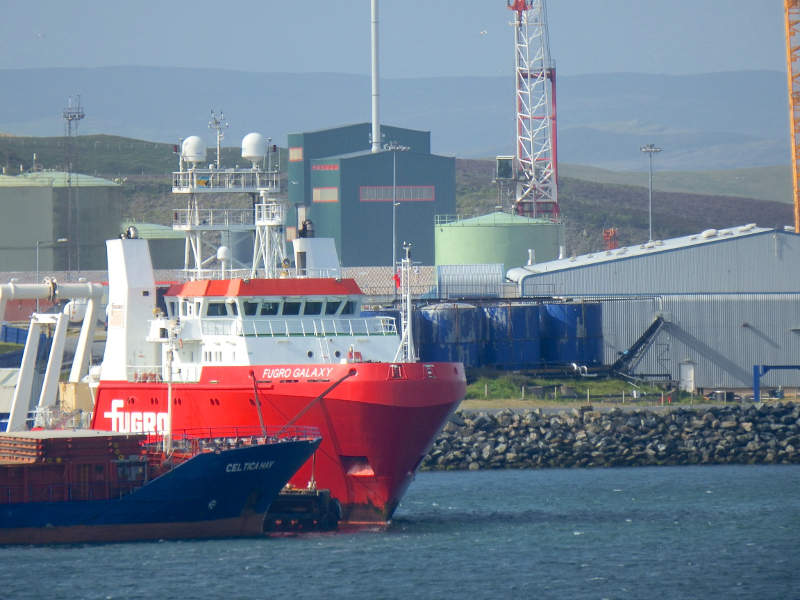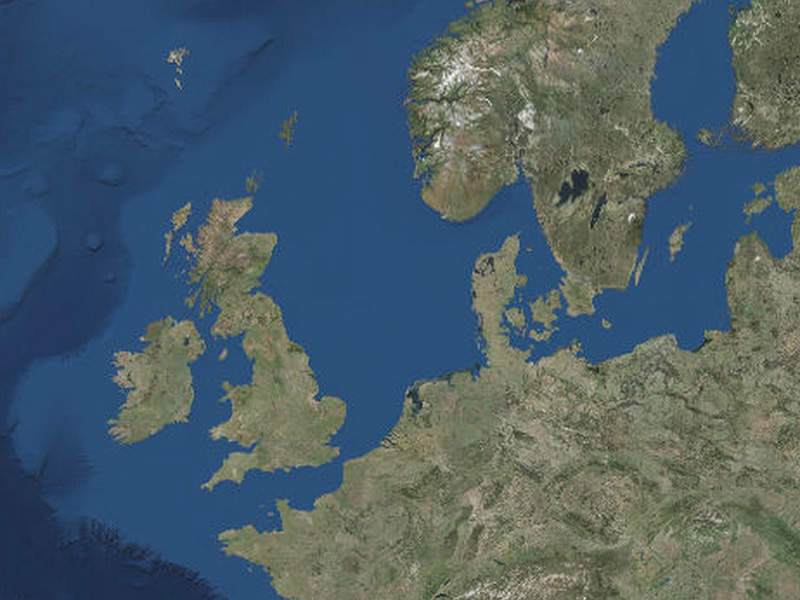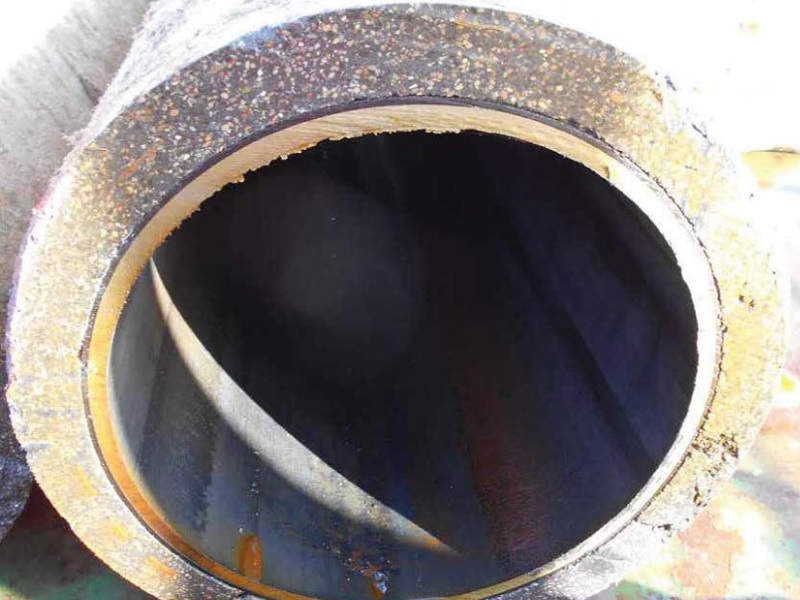The Blythe hub is situated in depths of 20m-30m, approximately 35km off the coast of Norfolk in the UK Continental Shelf (UKCS) in the southern North Sea.
The offshore project includes the development of two gas fields, Blythe and Elgood, located in blocks 48/23 and 48/22 in the production licenses P1736 and P2260. Both fields are 100% owned and operated by Independent Oil and Gas (IOG).
IOG submitted a field development plan (FDP) for the Blythe hub to the UK Oil & Gas Authority in December 2016. A final FDP comprising the joint development of the Blythe and Elgood fields was submitted in July 2017, while the environment impact assessment was submitted in January 2018.
The final investment decision on the hub development will be taken in the fourth quarter of 2018, upon receiving approval for the FDP.
First gas from the Blythe field is expected in the third quarter of 2020, while production from the Elgood field is expected to begin in the first quarter of 2021.
Blythe and Elgood fields discovery, geology and reserves
The Blythe field was discovered by Burmah with the drilling of the 48/22-1 well to a depth between 7,296ft and 7,391ft. The well flowed at the rate of 900,0000ft³ of gas and 137bpd of water.
The Elgood gas field was discovered by Enterprise Oil in 1991 with the drilling of the 48/22-4 well to a total depth of 9,130ft.
Both fields are situated west of the Dowsing Fault Zone and the Sole Pit Trough in the Lower Permian Rotliegend basin. The reservoirs of the two fields are of high-quality Rotliegend age and contain sandstones of the Leman formation.
The Blythe field is estimated to hold approximately 33 billion cubic feet (Bcf) of gas, while Elgood is estimated to hold 22Bcf.
Blythe and Elgood gas fields appraisal
The Blythe field was appraised by drilling the 48/22-2 appraisal well in 1968 to a total depth of 7,357ft-7,425ft. The well encountered the upper layer of the reservoir below the gas water contact (GWC) and only water was recovered on testing.
Another vertical appraisal well 48/23-3 was drilled in 1987, which encountered a 141ft gas column. It was tested and flowed at the rate of 15.2Mscfd of gas. A third horizontal appraisal well 48/23a-4 was drilled in 1990, which flowed at the rate of 15Mscfd. The appraisal wells were drilled by Arco.
Three separate drill stem tests (DST) were carried out on the Elgood discovery well. DST 1A and 2 were conducted on the Rotliegend sandstone, and DST 3 on the Zechstein carbonates.
The well flowed at an average rate of 17Mscfd of gas and 14.8 barrels per million standard cubic feet of 53° API condensate on a 60in/64in choke. Gas accumulation from the Hauptdolomit interval located 700ft above the Leman interval was also tested, but displayed low flow rates without stimulation.
Blythe hub development details
Blythe field is planned to be developed through a small, normally unmanned installation (NUI) platform. A single production well will be drilled at the Blythe field, and another at Elgood field.
The Elgood field production well will include a subsea tree installed approximately 22m below sea level and an umbilical. It will be tied-back to the Blythe NUI platform via an 8in subsea pipeline.
The Blythe and Elgood fields are expected to produce 65Bcf of gas and 103,342m³ (680,000 barrels) of condensate over a life of 12 years.
Blythe hub NUI platform details
Blythe Hub platform will comprise a four-legged lattice jacket supported by a skirt pile frame installed in 20m of water. The topsides of the jacket will comprise a cellar, mezzanine and a weather deck supporting a helideck.
The platform will include temporary living quarters and support systems to accommodate 12 people. It will be satellite-controlled from IOG’s onshore location in Great Yarmouth.
The platform will also contain a 5t crane, an integrated fire-fighting system, and boat access/walk and evacuation systems. It will be equipped with hydraulically-operated wellhead tree valves, an electrical choke valve, hydrate and corrosion inhibition injectors, a gas production wellhead, an export riser, and wet gas multi-phase flow meters at each well.
Gas export and processing details
Produced gas and condensate from the Blythe hub development will be transported to the Thames pipeline, which is being recommissioned by IOG, through a new 10in diameter, 24.5km-long pipeline.
The Thames pipeline will transport the gas and condensate onshore to the Bacton gas processing terminal located in North Norfolk.
Contractors involved
IOG signed a letter of intent (LoI) and consultancy master service agreement with Schlumberger in September 2017 for the Blythe Hub development.
IOG also signed a LoI with Heerema in October 2017 to carry out front-end engineering and design (FEED) studies and provide engineering, procurement, construction and installation services (EPCI) for the NUI.
IOG signed another LoI with ODE in October 2017 to provide technical and operational support services for the project.
Fugro GB Marine was awarded a contract to carry out pipeline and site survey work for the Blythe/Elgood gas fields. The company mobilised its MV Fugro Galaxy survey vessel to perform the works.
The reservoir modelling for the Blythe/Elgood fields was carried out by ERC Equipoise, while preliminary well design works were carried out by Fraser Well Management.






